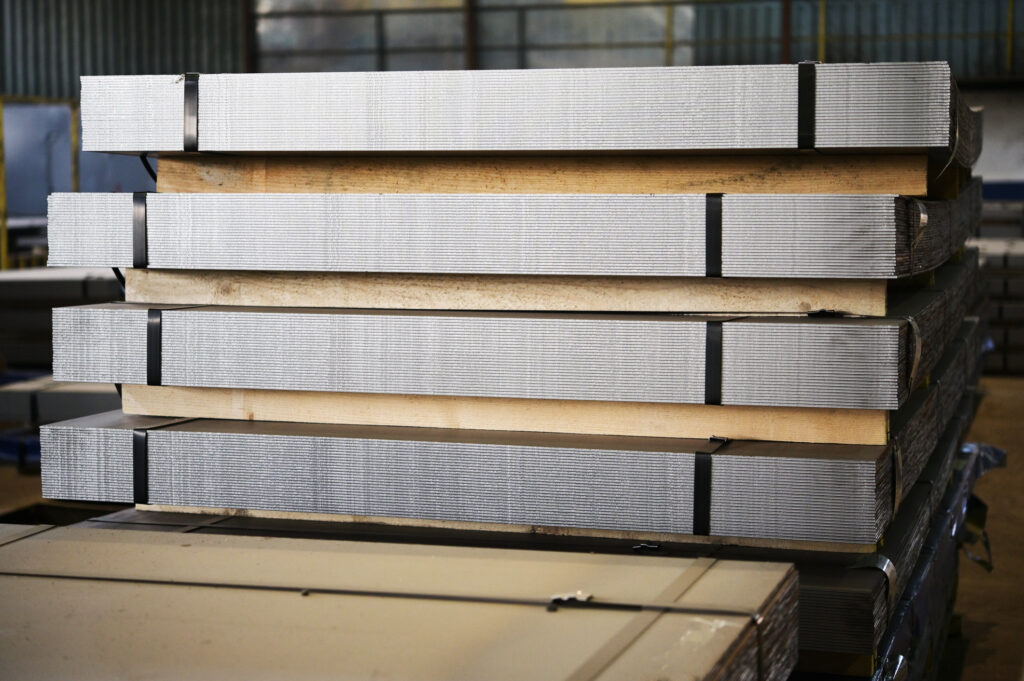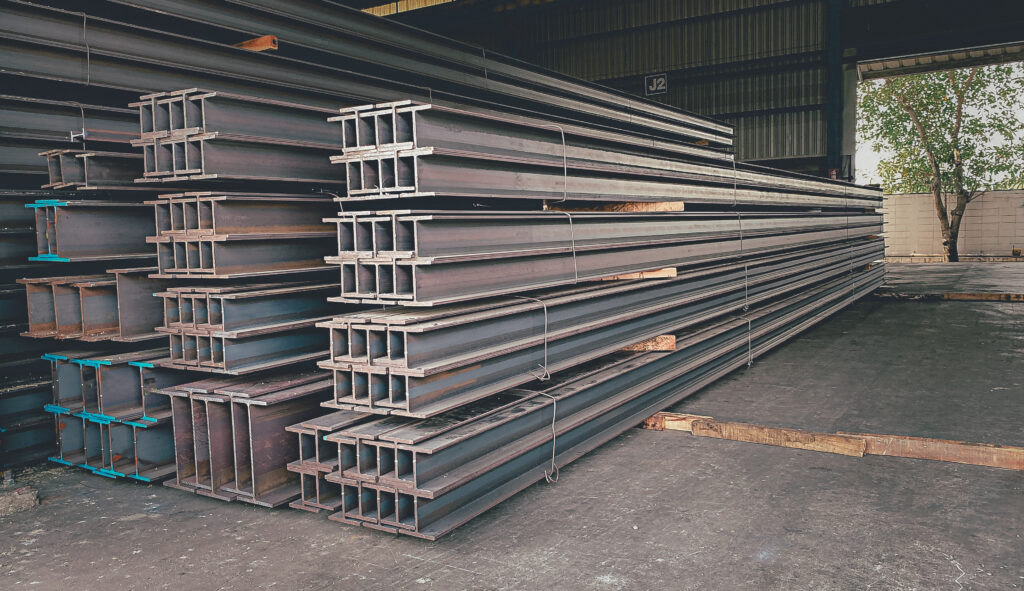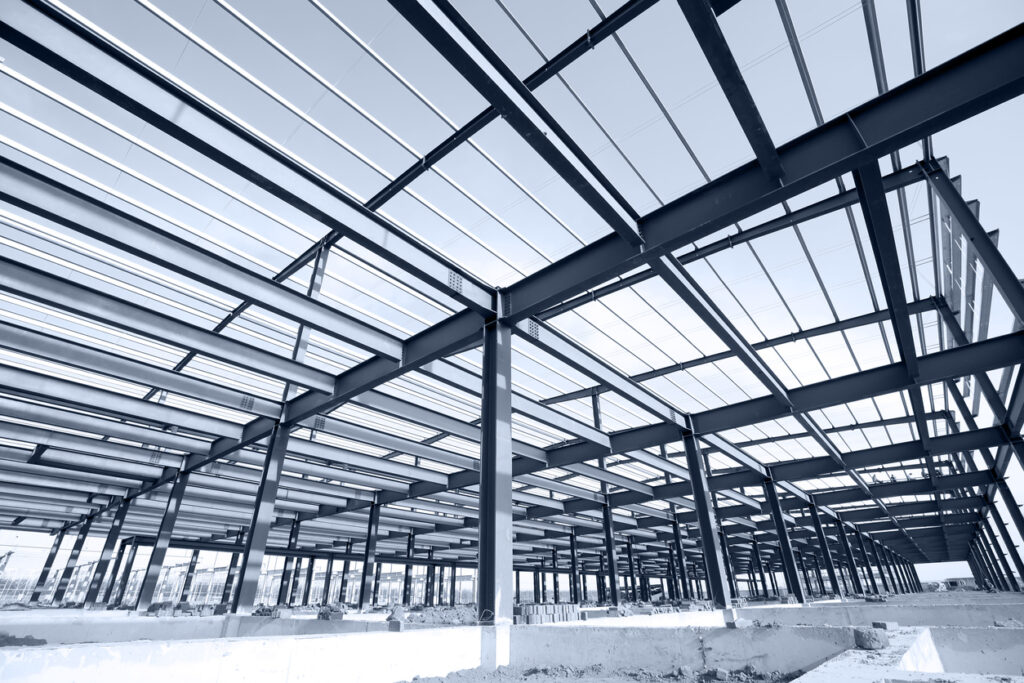Mild & Structural Steel Products

Mild Steel
Structural Steel

Steel Shapes
Understanding the Characteristics of Mild Steel
Mild steel, also known as carbon or plain-carbon steel, is characterized by its low carbon content (usually 0.05% to 0.25%), giving it a “mild” quality. It is malleable and ductile, easily shaped through processes like bending or forming. Apart from carbon, it may contain trace elements like manganese for improved toughness. While mild steel has lower tensile strength compared to higher carbon steel, it offers cost advantages, making it a popular choice in construction, transportation, and household items. Its weldability and machinability contribute to its versatility in manufacturing.
Key Features of Structural Steel
High Strenth: Structural steel has high tensile and yield strength, allowing it to withstand the loads and stresses imposed by the structure it supports.
Weldability: Structural steel is designed to be easily weldable, facilitating the construction and fabrication of various intricate structures.
Durability: Structural steel is extremely durable and very resistant to environmental factors, making it desirable for long-term use in diverse climates and conditions.
Ductility: Structural steel has tremendous formability properties, enabling it to be deformed without failure under extreme conditions, such as earthquakes or heavy winds, and then return to its original shape.
Versatility: Structural steel comes in many shapes, including angles, beams, channels, columns, and plates, allowing for flexibility in design and multiple construction applications.

Applications of Mild & Structural Steel
- Various grades of structural and mild steel are used in bridges, infrastructure, parking garages, mining, excavation, transportation, automotive, construction, and much more.
- An example of a structural steel application are wide flange beams being used in the steel erecting process to create a steel frame structure.
- Mild steel has diverse uses, from replacing worn truck parts in the transportation industry to crafting custom fabricated furniture pieces like tables and bookshelves.
